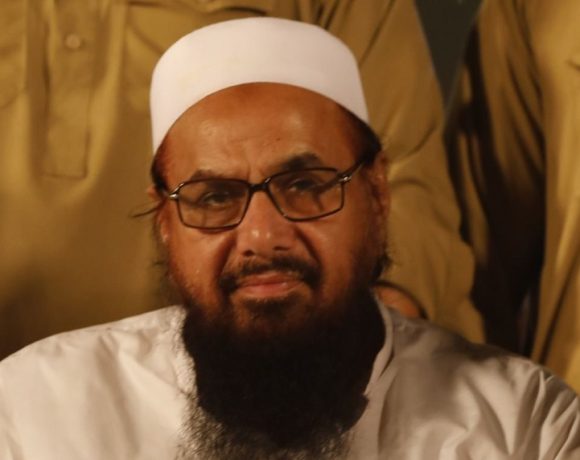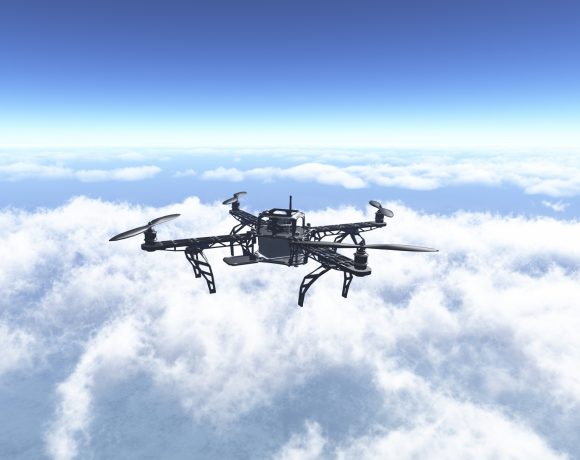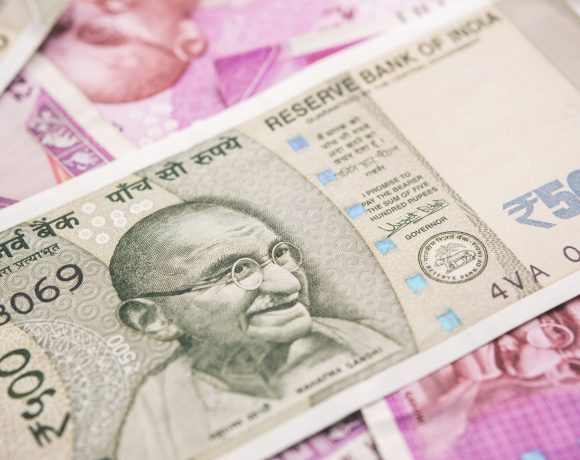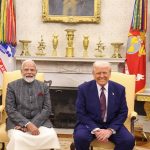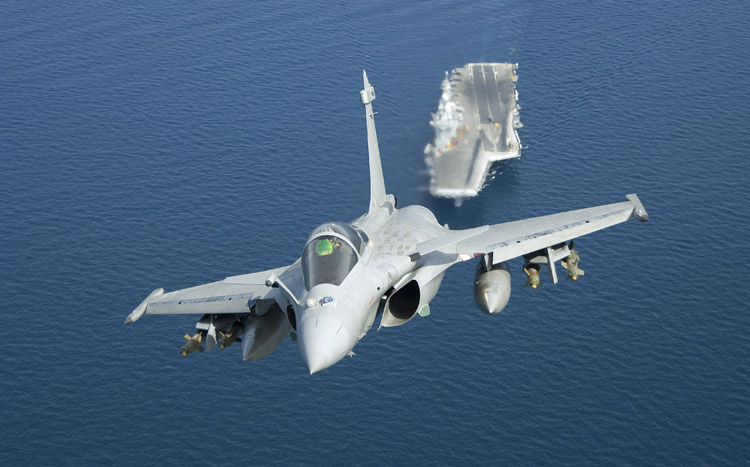
India Pushes for Deeper Customization of Rafale Jets
The Indian Air Force (IAF) is expected to formally request access to the source code of its Rafale fighter jets from French aerospace major Dassault Aviation, aiming to enhance the aircraft’s capability to integrate indigenous weapons and electronic systems. This move aligns with India’s broader push for strategic autonomy and technological self-reliance in its defense platforms.
With 36 Rafale jets already inducted and a potential follow-on order of additional units under consideration, the IAF seeks to deepen its control over the jet’s software architecture — a critical requirement for incorporating India-developed missiles, sensors, and advanced electronic warfare systems into the platform.
Weapon Integration Beyond OEM Restrictions
Currently, the integration of any new weapon or system onto the Rafale requires manufacturer approval and collaboration, limiting India’s ability to deploy indigenous solutions without French support. By gaining access to the source code, India hopes to remove these constraints and independently customize the aircraft for its unique operational requirements.
Key indigenous systems being considered for integration include the Astra Beyond Visual Range (BVR) air-to-air missile, SAAW (Smart Anti-Airfield Weapon), and various DRDO-developed electronic warfare pods. These weapons are already operational on other Indian platforms like the Su-30MKI and LCA Tejas, and the IAF wants similar flexibility with the Rafale fleet.
Strategic Rationale for Source Code Access
The demand for source code access is rooted in India’s experience with previous platforms where vendor lock-ins limited modernization. For the Rafale, access to software source code — or at least mission-critical modules — would allow the IAF to conduct faster upgrades, threat library updates, and real-time adaptation during combat without seeking OEM intervention each time.
Such access is especially important for aligning the aircraft with evolving indigenous capabilities and for maintaining operational sovereignty in conflict scenarios, particularly where swift reconfiguration could be a tactical advantage.
Negotiations May Be Complex but Not Unprecedented
While source code access is a sensitive issue for most Original Equipment Manufacturers (OEMs), India may negotiate for partial or collaborative access under strict security protocols. Similar negotiations have occurred in the past — for instance, in the context of the Su-30MKI, where India was granted leeway to integrate local systems.
India’s growing defense partnership with France, including joint space, submarine, and engine development programs, may provide a conducive backdrop for such discussions. However, the final agreement will depend on commercial, legal, and strategic parameters being met by both sides.
Enhancing India’s Self-Reliant Defense Ecosystem
The move is in line with the government’s ‘Atmanirbhar Bharat’ initiative, which emphasizes reduced dependency on foreign vendors and increased use of indigenous technologies across military platforms. Enabling Rafale to support Indian weapons would not only bolster combat efficiency but also promote the export potential of Indian-developed munitions.
As India ramps up its indigenous defense production, including future platforms like the AMCA and TEDBF, flexibility in integration and autonomy in system upgrades will remain a strategic imperative.


